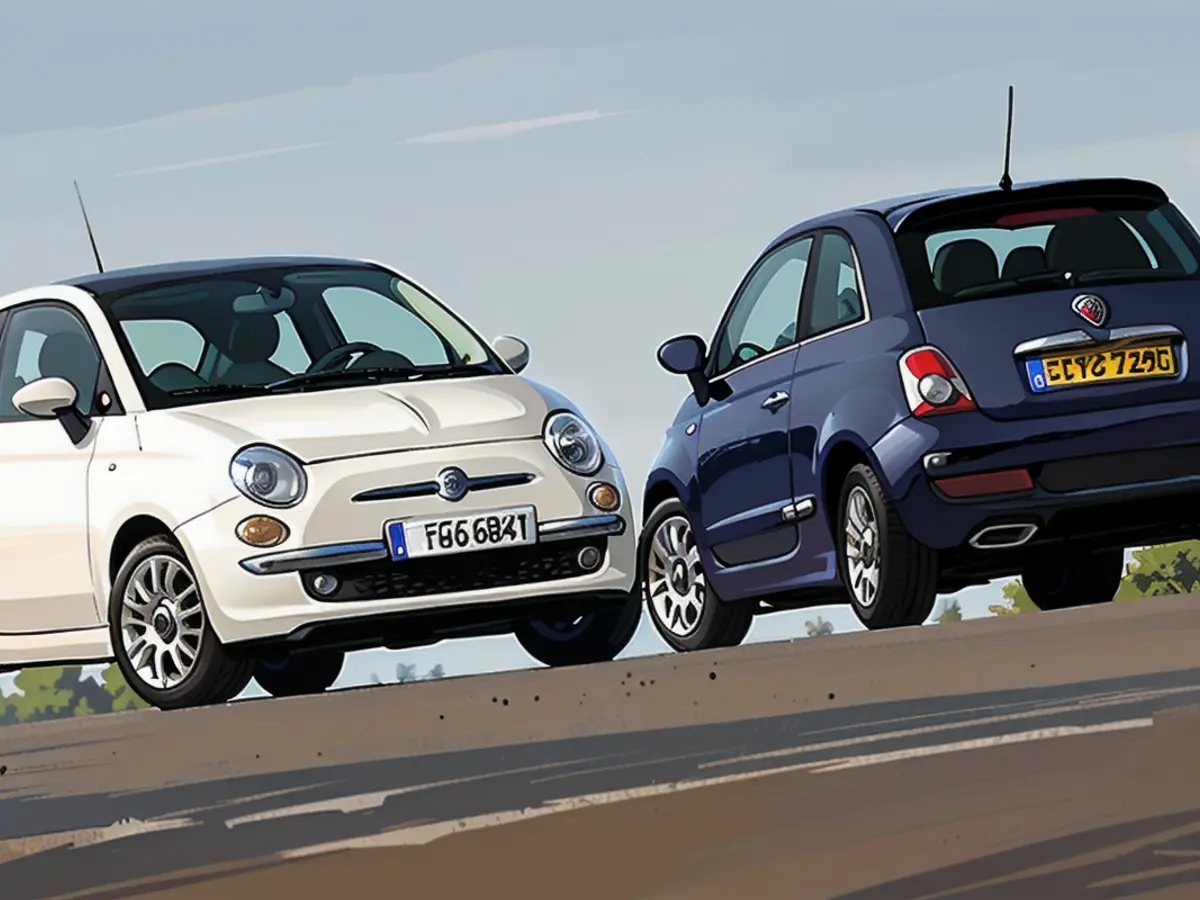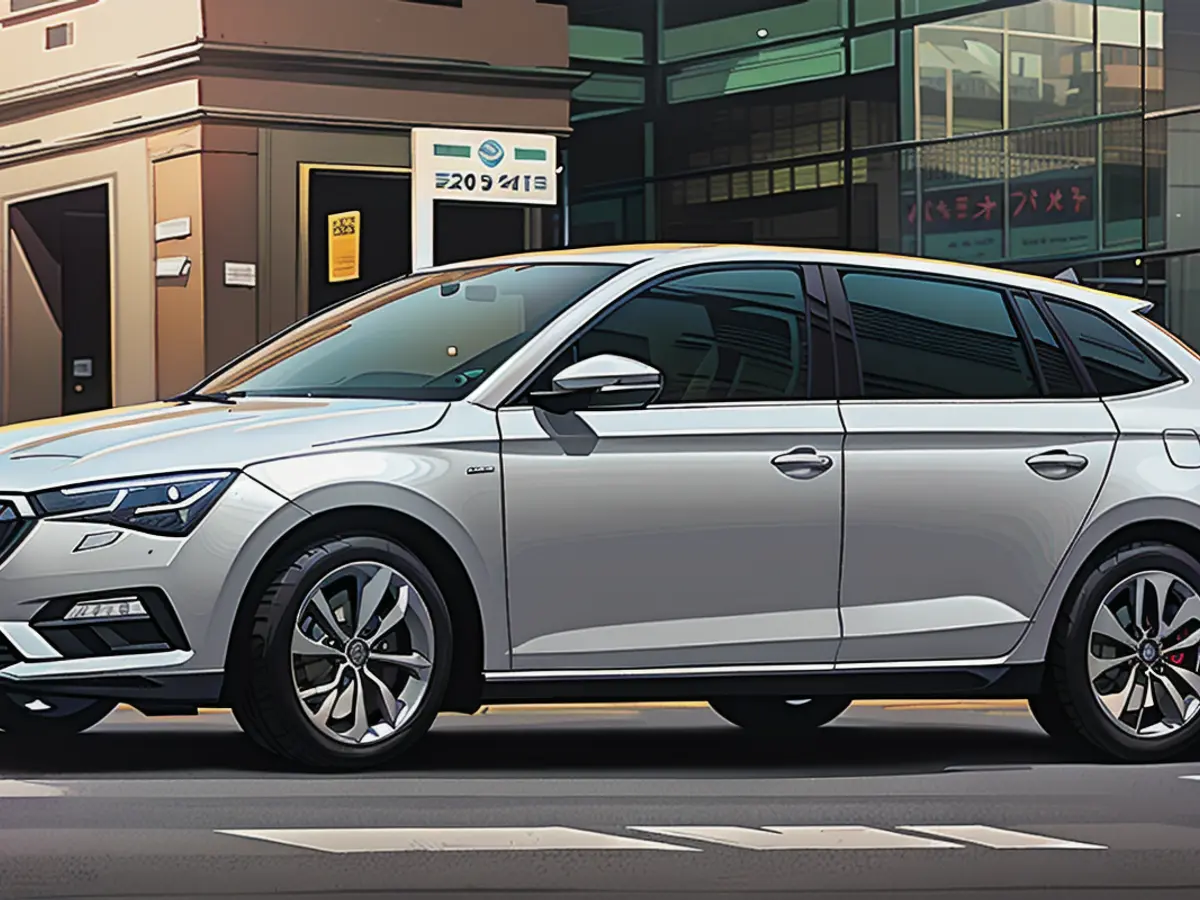Background: Porsche's plans in the Middle East - The China replacement
The desert is alive. Once again. At the third edition of Icons of Porsche, around 27,000 Porsche enthusiasts responded to the call to Dubai, almost twice as many as the year before. Despite the crowds, the festival always remained friendly under the hot desert sun. The visitors celebrated themselves and their affinity for the Zuffenhausen sports cars. "I am delighted that this concept is working so well," beamed Manfred Bräunl, Head of Porsche Middle East and Africa, for whom the gathering is a matter close to his heart. The automotive clocks tick differently in the United Arab Emirates. A Porsche 911 GT is considered a standard 911 and in no other region are the extras as popular as here. On average, Porsche fans spend around 46,000 euros extra on each vehicle from the Swabian company.
Here, the special is the order of the day and off-the-peg products are frowned upon. No wonder the clever people from Zuffenhausen have turned this individualism into money and launched the special request program. The demand proves the model strategists right. Long queues form in front of the special request stand at the Icons stand. Porsche is doing well in the United Arab Emirates. In 2022, the sports car manufacturer grew by 20 percent and "we are also looking good this year" (Bräunl). The company is now looking to the future. Sooner or later, electromobility will also find more friends in this region. That is why the Porsche man has high hopes for the battery-electric Macan. "It's important here that BEVs also feel like a Porsche." Electric vehicle scenarios are also more likely in Dubai, as people drive shorter distances than in Saudi Arabia, for example. The charging infrastructure is not as well developed everywhere as in the Emirates. However, Porsche customers in this region usually have more than one car in their garage. In terms of age, the inhabitants of the Emirates are in the middle. They are on average in their mid-40s and therefore ten years younger than European Porsche drivers, but just as much older than in China.
So is it all sunshine and roses? Almost. The Middle East has always been a difficult region, and the current geopolitical situation only complicates matters. So far, everything has been running smoothly. Especially as Saudi Arabia is also contributing more and more to economic success. There are also encouraging social developments. The fact that women are allowed to obtain a driving license in the Islamic country is more than just window dressing. "Every third Porsche customer in Saudi Arabia is a woman," says Manfred Bräunl. The number of lady drivers behind the wheel of a Porsche is also growing in Kuwait.
The wiry manager probably has one of the most interesting jobs of all Porsche employees. He is responsible for business in 18 countries. In addition to the Middle East, India and Africa. A very heterogeneous area. With the exception of India, Porsche works with independent importers. So Bräunl is taking it easy? Not at all. The rosy times in China seem to be over and car manufacturers would do well to develop new business areas or regions in order to counterbalance the sales revenue from the Middle Kingdom. This is not only important economically, but also strategically. The Beijing government is well aware of the importance of its country in the balance sheets of car manufacturers. However, the geopolitical situation is also changing here and Porsche would do well to base its sales on different pillars.
One country in which Porsche has high hopes of at least partially offsetting the increasingly risky business in China is India. Around 1.4 billion people live on the subcontinent, around 800,000 of whom are millionaires. "This is an interesting market for Porsche. Indians who have studied abroad and therefore know Porsche are potential customers," Bräunl explains. Undoubtedly good prerequisites. But as far as Porsche sales are concerned, India is still a developing country with homeopathic sales figures, where a lot of development work is needed. So Porsche has already opened five new Porsche showrooms this year.
So far, India has been Macan and Cayenne country. This is set to change and the 911 is set to find more buyers. "India is investing massively in infrastructure. It's unbelievable what's happening right now," says Bräunl. So more 911s will soon be rolling between Delhi and Mumbai. To this end, he and his team are working on the fundamentals of lateral dynamics by inviting Indian Porsche drivers to Lapland for ice fun or straight to the racetrack for dynamics training. "India will be a good market for us. However, the trees don't immediately grow into the sky there either," Bräunl classifies. Porsche is likely to sell more than 1,000 units there this year. Every little helps. However, we are hopeful that we can have a healthy business there," predicts Bräunl.
One problem that the manager has to deal with on a daily basis is the heterogeneity of his region. This is particularly the case in North Africa and South Africa. The country on the Cape of Good Hope has always been a good place for Porsche, while in Morocco, Tunisia and Egypt there is still some work to be done. In addition, there are factors that the sales staff cannot influence, but which make life difficult for them. These include political uncertainties such as the smouldering conflict in the Middle East and unfavorable exchange rates. One South African rand is currently equivalent to 0.049 euros. "That makes our cars expensive," explains Bräunl. But this challenge must also be overcome. So it remains exciting.
Read also:
Source: www.stern.de








